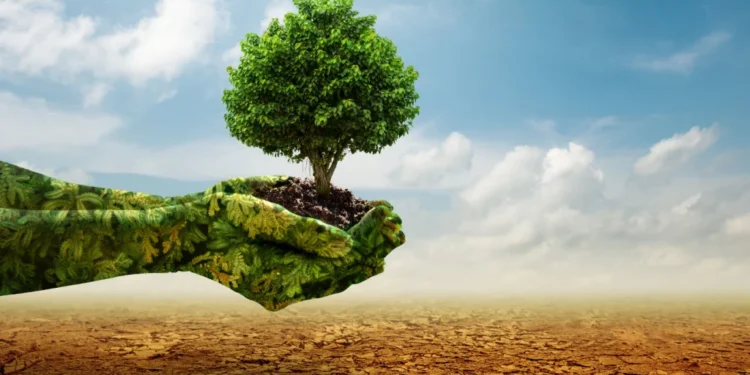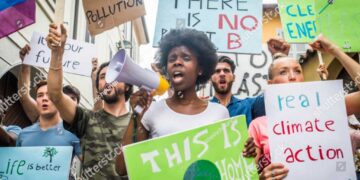What is global warming? It’s a question that’s on the minds of many, and for good reason. Global warming refers to the long-term increase in Earth’s average surface temperature, primarily due to human activities like burning fossil fuels, deforestation, and industrial processes. But let’s break it down further.
At its core, global warming is caused by the release of certain gases, such as carbon dioxide and methane, into the atmosphere. These gases act like a blanket, trapping heat from the sun and preventing it from escaping back into space. This phenomenon, often called the greenhouse effect, leads to a gradual rise in temperatures worldwide.
So, what is global warming doing to our planet? The impacts are wide-ranging and severe. The signs of global warming are all around us, from melting ice caps and rising sea levels to more frequent and intense heat waves, storms, and droughts. But it’s not just about the environment; global warming also threatens our health, economies, way of life, and even our mental health.
This article aims to explain precisely what is global warming, its leading causes, and how does global warming affects the environment.
- What is global warming?
- What causes global warming?
- How does global warming affect the environment?
- How can we minimize the effects of global warming?
What is global warming?
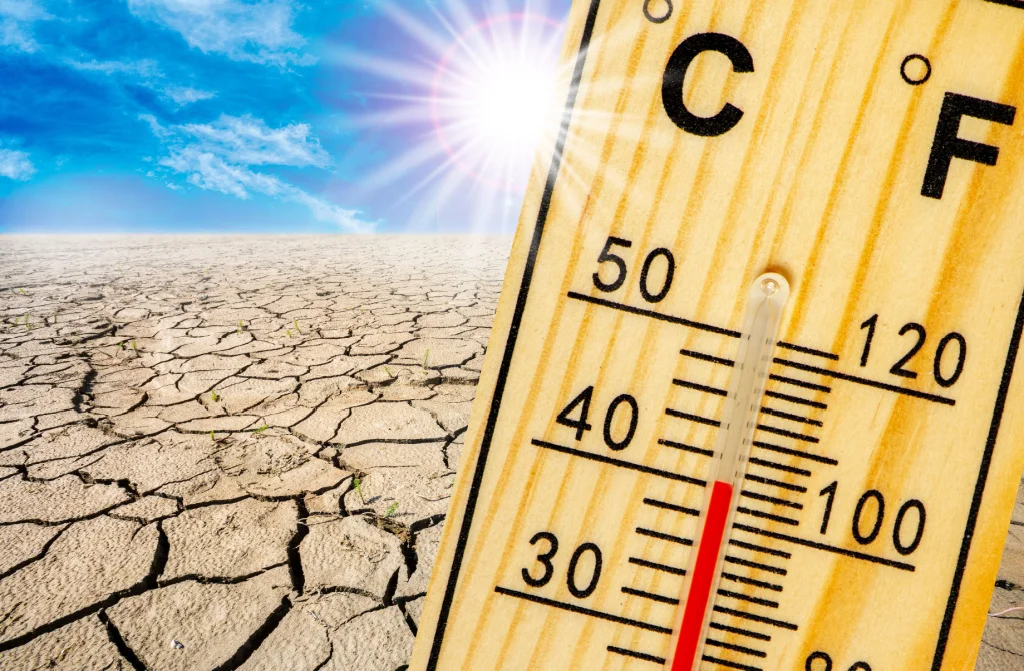
Since the start of the Industrial Revolution, the Earth’s average temperature has increased by a bit over 1 degree Celsius, about 2 degrees Fahrenheit. Between 1880 and 1980, it increased by roughly 0.07 degrees Celsius (0.13 degrees Fahrenheit) every decade. But since 1981, that rate has more than doubled. In the last 40 years, the global temperature has increased by about 0.18 degrees Celsius (0.32 degrees Fahrenheit) every decade.
So, what is global warming? It’s making our planet hotter than it’s ever been. Nine of the ten warmest years on record have happened since 2005, with the five hottest years all occurring since 2015. Some people used to say there was a “pause” or “slowdown” in global warming, but studies, like one from 2018, have shown that’s not true. The effects of global warming are already hurting people all over the world.
Climate scientists now say we must keep global warming under 1.5 degrees Celsius by 2040 to avoid the worst effects. That includes things like severe droughts, wildfires, floods, and storms. These impacts affect everyone, but they hit the poorest and most vulnerable communities the hardest. For them, global warming often means more poverty, displacement, hunger, and unrest.
What causes global warming?
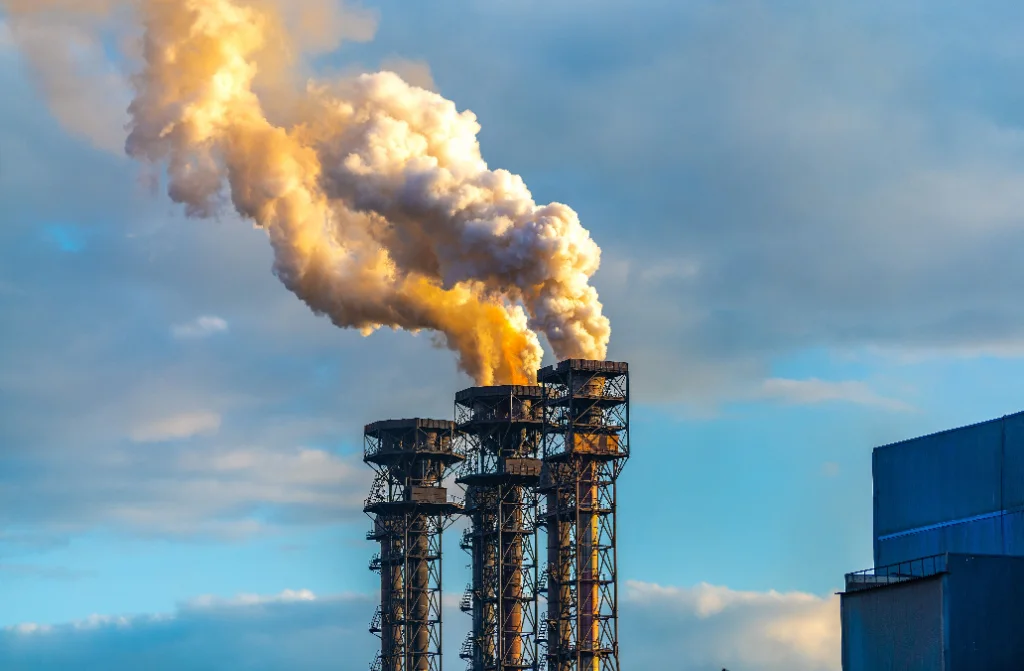
Global warming is primarily driven by the accumulation of greenhouse gases (GHGs) in the Earth’s atmosphere. These gases, such as carbon dioxide (CO2), nitrous oxide (N2O), and methane (CH4), trap heat from the sun, leading to a rise in global temperatures. The sources of these excess GHGs are varied:
Burning Fossil Fuels
The combustion of fossil fuels like coal, natural gas, and oil in machinery, vehicles, and power plants significantly contributes to CO2 emissions. When these fuels are burned for energy, carbon sequestered for millions of years is released into the atmosphere as CO2.
Deforestation
Forests act as natural carbon sinks, absorbing CO2 from the atmosphere through photosynthesis and storing it in biomass and soil. However, deforestation, primarily driven by agricultural expansion, logging, and urbanization, disrupts this process. As trees are cut down, the stored carbon is released back into the atmosphere, accelerating the greenhouse effect.
Agricultural Practices

Modern agricultural activities, particularly livestock farming and rice cultivation, emit substantial GHGs. Livestock, such as cattle, sheep, and goats, produce methane through enteric fermentation, a digestive process in their stomachs. Additionally, flooded rice paddies emit methane as organic matter decomposes anaerobically in the waterlogged soil.
Consumer Goods
The production, transportation, and disposal of consumer goods require significant energy inputs, predominantly derived from fossil fuels. Manufacturing processes, such as those in the textile, electronics, and automotive industries, emit GHGs directly through energy consumption and indirectly through supply chain activities.
Mining
Extracting minerals, metals, and fossil fuels from the Earth’s crust often involves energy-intensive processes that emit GHGs. Mining operations powered by fossil fuels, such as diesel-powered machinery and vehicles, contribute to CO2 emissions. Furthermore, the release of methane from coal mines poses additional environmental challenges.
Waste Disposal
Improper waste management practices, particularly the disposal of non-biodegradable materials like plastics, contribute to GHG emissions. When organic waste decomposes in landfills without proper aeration, methane is generated as a byproduct of anaerobic digestion. Additionally, the incineration of waste materials releases CO2 and other pollutants into the atmosphere.
How does global warming affect the environment?
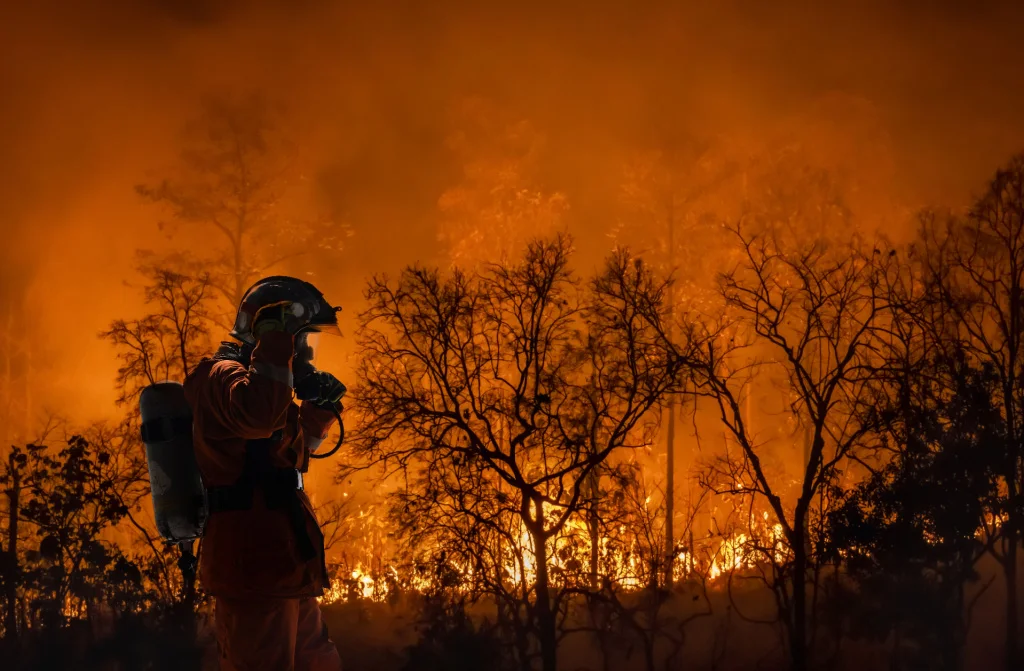
Every year, scientists uncover more about global warming and its effects. We see how it hurts people and our planet, with heatwaves, droughts, and floods becoming more frequent and severe. If we don’t cut down on our emissions, experts say over 250,000 people could die each year from climate change by 2030, and 100 million could end up living in poverty.
In the U.S., we’re already feeling the impact:
- Glaciers are melting, snow is disappearing sooner, and droughts are worsening, leading to water shortages and more wildfires, especially out West.
- Sea levels are rising, causing more coastal flooding, especially in places like Florida and the Gulf of Mexico.
- Our forests, farms, and cities face new pests, heat waves, heavy rains, and flooding, which can harm agriculture and fishing.
- Habitats like coral reefs and mountain meadows are being disrupted, leading to the extinction of many plants and animals.
- Allergies, asthma, and diseases are becoming more common due to more pollen, higher air pollution, and conditions that help mosquitoes and pathogens thrive.
Everyone feels the effects of climate change, but some groups, like Indigenous peoples and those with fewer resources, feel them more. Systems like housing and healthcare often make these communities even more vulnerable, even though they’ve done less to cause the problem.
How can we minimize the effects of global warming?
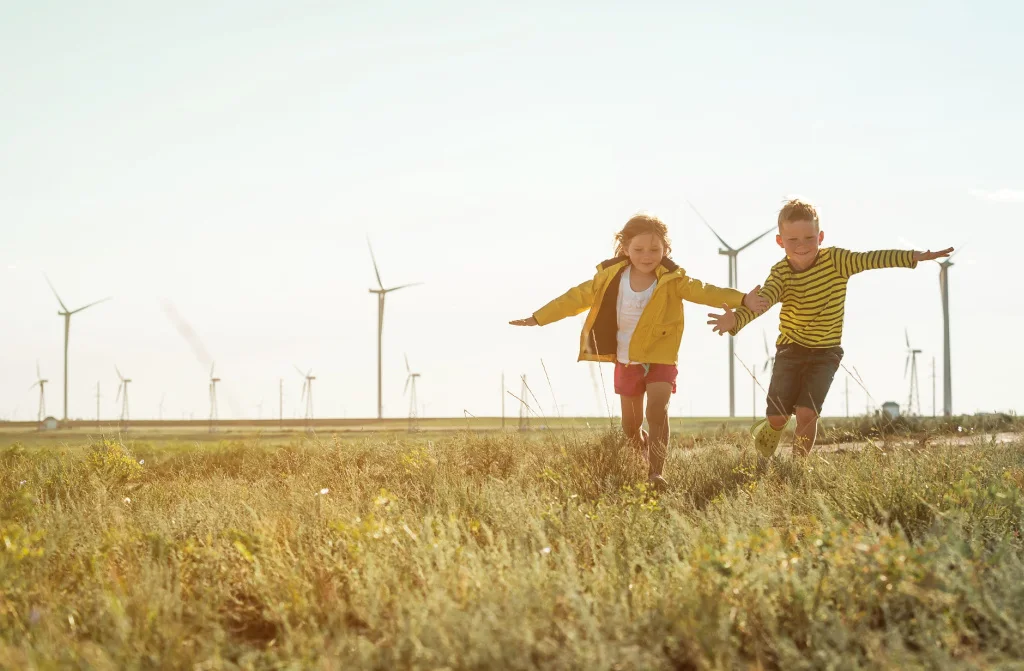
Different countries have different levels of greenhouse gas emissions per person. For example, in the United States, each person emits more than double the global average, while in India, it’s less than half that average. Interestingly, the wealthiest 10% of people globally are responsible for almost half of all emissions.
Here are some ways you can reduce your impact on the environment:
- Save energy at home: Use less energy by being mindful of your heating and cooling, switching to LED bulbs, and opting for energy-efficient appliances. Simple changes like washing clothes in cold water or air-drying them can make a difference. Improving your home’s insulation or switching to electric heat pumps can significantly cut your carbon footprint.
- Change your home’s energy source: Consider renewable energy options like wind or solar power. Installing solar panels or switching to renewable energy from your utility company can drastically reduce your carbon footprint.
- Walk, bike, or use public transport: Opt for greener modes of transportation whenever possible. Walking or biking not only reduces emissions but also keeps you healthy. Consider taking a train or bus or carpooling with others for longer journeys.
- Switch to an electric vehicle: If you’re looking for a new car, consider going electric. Electric vehicles produce fewer emissions than traditional cars, though it’s essential to consider the source of the electricity used to power them.
- Consider your travel choices: Air travel contributes significantly to emissions, so try to minimize flights when possible. Virtual meetings, trains, and other forms of transportation can be more environmentally friendly alternatives.
- Reduce, reuse, recycle: Reduce consumption by buying fewer items and opting for second-hand goods. Repair items when possible instead of replacing them. Recycling is crucial, especially for materials like plastics that contribute significantly to emissions.
- Eat more plant-based foods: Shifting towards a vegetarian or vegan diet can substantially lower your carbon footprint. Plant-based foods generally require fewer resources to produce compared to meat and dairy.
- Minimize food waste: Be mindful of how much food you buy and use, as wasted food contributes to emissions. Composting leftovers can help reduce methane emissions from rotting food in landfills.
- Plant native species: If you have a garden, consider planting native species to support local ecosystems and biodiversity. Avoid using pesticides and chemicals that can harm the environment.
- Clean up your surroundings: Properly dispose of waste and participate in local clean-up efforts to keep land and waterways free of pollution.
- Make conscious spending choices: Support companies prioritizing sustainability and responsible resource use. Consider how your investments contribute to environmental issues and seek environmentally sustainable options.
Conclusion
In summary, global warming presents a significant threat to our world today. So, what is global warming? It’s the result of human activities like burning fossil fuels and deforestation, leading to rising temperatures and extreme weather.
The impacts are clear: melting ice caps, rising sea levels, and more frequent disasters. But we can make a difference. By investing in clean energy technology, choosing sustainable options, and supporting eco-friendly practices, we can help combat global warming.
It’s up to each of us to take action. Together, we can protect our planet and build a better future for all.


